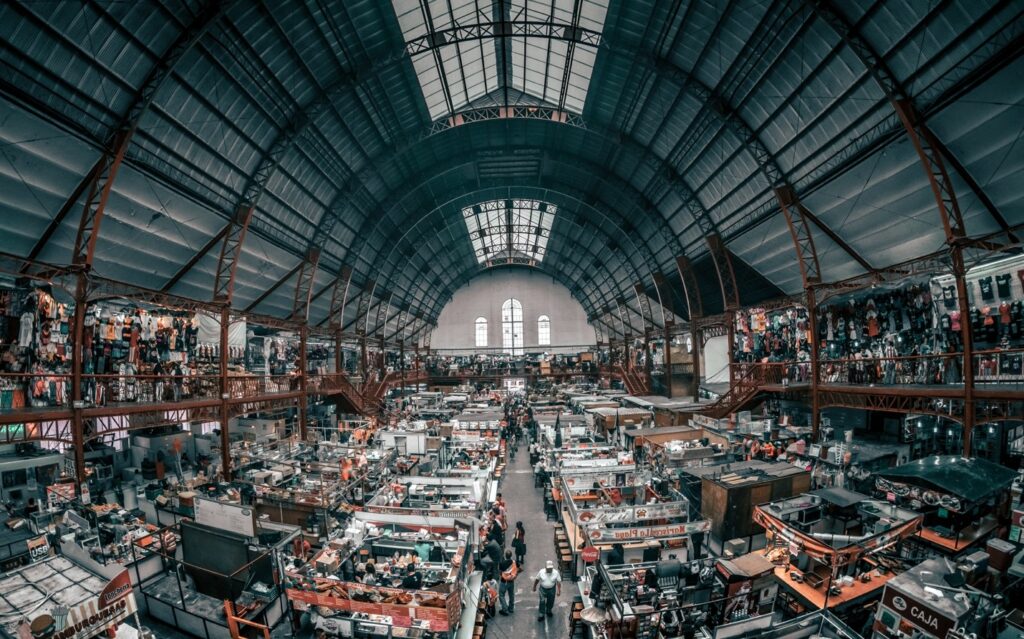If you’re like most people, then you’re not the biggest fan of paying taxes. For entrepreneurs in the U.S., paying taxes on corporate profits can put a big dent in competitiveness. Especially when you’re competing against companies that can sidestep that expense. On top of that, there have also been some additional duties, stacked on top of the already existing duties, for imports from china. The additional tax, as high as 20% on some items, crippled a lot of retail ventures. They were forced to reshore factories in some circumstances, and in others they have relied on either Canadian fulfillment, or importing under Section 321.
A brief History of Section 321
If you are not familiar with Section 321, it’s a statute that back in 2016 had its de minimis value increased from $200 to $800 dollars. A de minimis amount is the maximin dollar value a package can have while still being allowed through customs without having to pay any import tax. The rise in the de minimis value has really been a boon ecommerce ventures, with the total value of imports entering the us under Section321 has steadily increased every year. In 2017, there were 1.2 million parcels per day and in 2022 numbers will soar to over 2 million parcels per day.
Claiming Section 321
Although there are manual processes that can complicate your life, for the most part claiming Section 321 for a product that you want to import is straightforward. If the goods are clearly listed, and the value is less than $800….its automatically claimed as a Section 321 exemption. So there’s no need to do extra paperwork for every package that goes through customs.
How Section 321 Benefits Entrepreneurs
As an entrepreneur, the advantages of Section 321 are obvious. You’re going to avoid paying an import tax. But if we take a closer look, the prevalence of the direct-to-consumer sales model has led to a host of other benefits. Some of the biggest are the savings on warehouse space, staffing and logistics. Products are being manufactured in China, purchased through an online ecommerce portal, and then shipped directly to the consumer. With this model, there’s no need to store products in a warehouse. There’s no need to hire staff for distribution and logistics. Everything can be handled by a 3PL provider.
These reduced costs can be passed down to consumers giving businesses that employ this model a competitive advantage. Other less tangible benefits include faster clearance and delivery times, easier returns, and improved customer experiences.
The catch – Limits on Section 321
At this point, you are probably asking yourself ‘What’s the catch’? Well, to be honest, there really isn’t one. There are a few things you should keep in mind though. The first of which is the $800 a day limit. The second is that there are some limits on the type of products that can be imported into the country. For example, tobacco and alcohol products are a no-go. As is anything listed under anti-dumping regulations.
If sorting out those details stresses you out, don’t worry. Your Canadian fulfillment partner can help you out with any details that you overlook.
Success Stories
There have been thousands of American businesses that have made money by importing goods from China under Section 321. But some of the biggest ecommerce success stories are actually from Hong Kong.
According to statistics from App Annie, the most popular download this year in the ‘Shopping’ category has been Shein. This it true both for the Googler Play Store and the Apple App Store.
Shein, of course, is a company that’s registered in Hong Kong, but because it doesn’t sell its products in Hong Kong, its exempt from corporate income tax. This allows them to offer lower prices than U.S. based competitors.
The Outlook for 2022
Section 321 is definitely here to stay. There were some people that had hoped a change in the governing political parties in 2020 would lead to a policy change on China. That hasn’t materialized at all. In fact, it seems more certain than ever that the current regulations are not going to change anytime soon. Moreover, with this year’s new facility opening at LAX, it seems like the direct-to-consumer business model is going to be hard for retail to compete with under the current regulatory environment.
